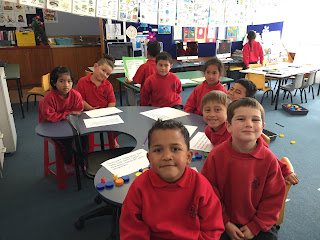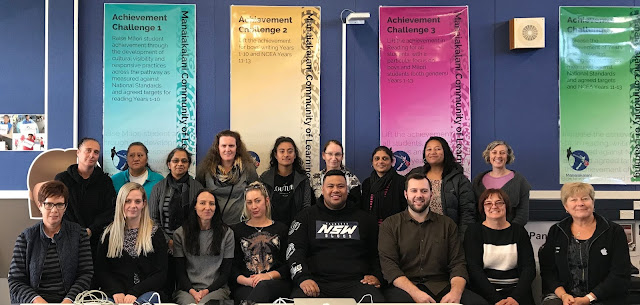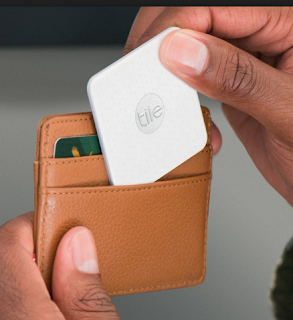 |
| DFI-Northland Cohort 2 |
The morning started with connecting with each other. Many teachers have been in and out of their classroom wearing many different hats (various roles).
Key points from this discussion:
Blogs and commenting- giving positive feedback, teachers modeling and always using prompts- positive, thoughtful and helpful.
Naming documents and putting in the correct folder.
Working on animation which is going well but wants to link this learning to reading tasks.
Making learning visible by using the new class sites- asking the children what they want or what they think. Tweaking buttons to what students like to make it engaging for their learners.
Blog tracker Year 7 and 8- easy way post and for the teacher to give feedback and for others to leave a comment.
Google sheet assessment for teaching- making it uniform in their department.
Attending digital courses to deepen learning.
Not all children in the class are in a 1-1digital learning environment- making it difficult as every child wants to work/use a device.
Work on sites especially the ones on the old classic sites with all its resources- especially when working in different departments.
Hapara and workspaces are great.
A teacher using powerpoints and digital technologies to explain tasks and then have photocopy worksheets for children to complete those tasks. A teacher expressed their view by saying"It would be great if the student had a Chromebook."
Manaiakalani Innovative teacher Alicia Craig shared her inquiry with us. She also shared with Angela Moala (Pt. England School) work on Multi-Modal learning and talked about all the resources available us.
The principal from Paihia school talked to us about student learning in this school. She talked about learning "anytime, anywhere and anyplace.'
The children here are self-directed learners. They have a choice in selecting their tasks on whats being offered on the timetable. Teachers are available to them to conference with. There are extra resource links on the right-hand side of the timetable.
Children fill out hand in a sheet with links to their work as they finish tasks. Teacher checks and gives feedback and feedforward.
They follow a traffic light system:
Red- Independent learners
Orange-Target learners.
Green- Go and publish and share
This is how they manage the compliance side of learning. Easy for a child to slide under the radar.
Some children do not like choices, therefore, their timetable is managed by teachers.
 |
| Hand in sheet Chrissy Smith and Becky's site Te ngahere |
We had the opportunity to visit a two-classroom of Year 6, 7, 8 students)
Children were on different tasks. Some were working in groups and a few preferred working on their own. They confidently shared their learning tasks, blogs. I like the system they use with the traffic lights and how children are empowered to make choices and monitor what they have to achieve with support from the teachers in the hub.
The iPad session went well. There was a lot of content covered in a short time. The teachers were eager to learn and were buzzing with engagement and questions. I will continue to add resources to the folder as I learn in this one to one digital environment.
Thank-you Kerry and the amazing teachers.
Paihia School
























